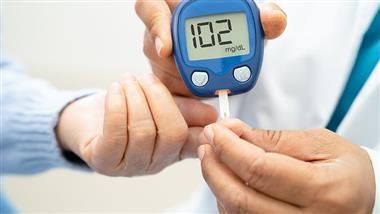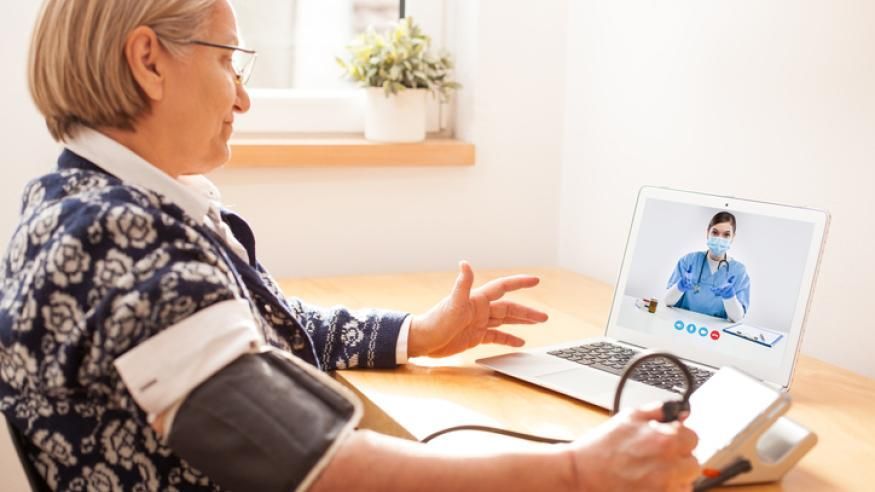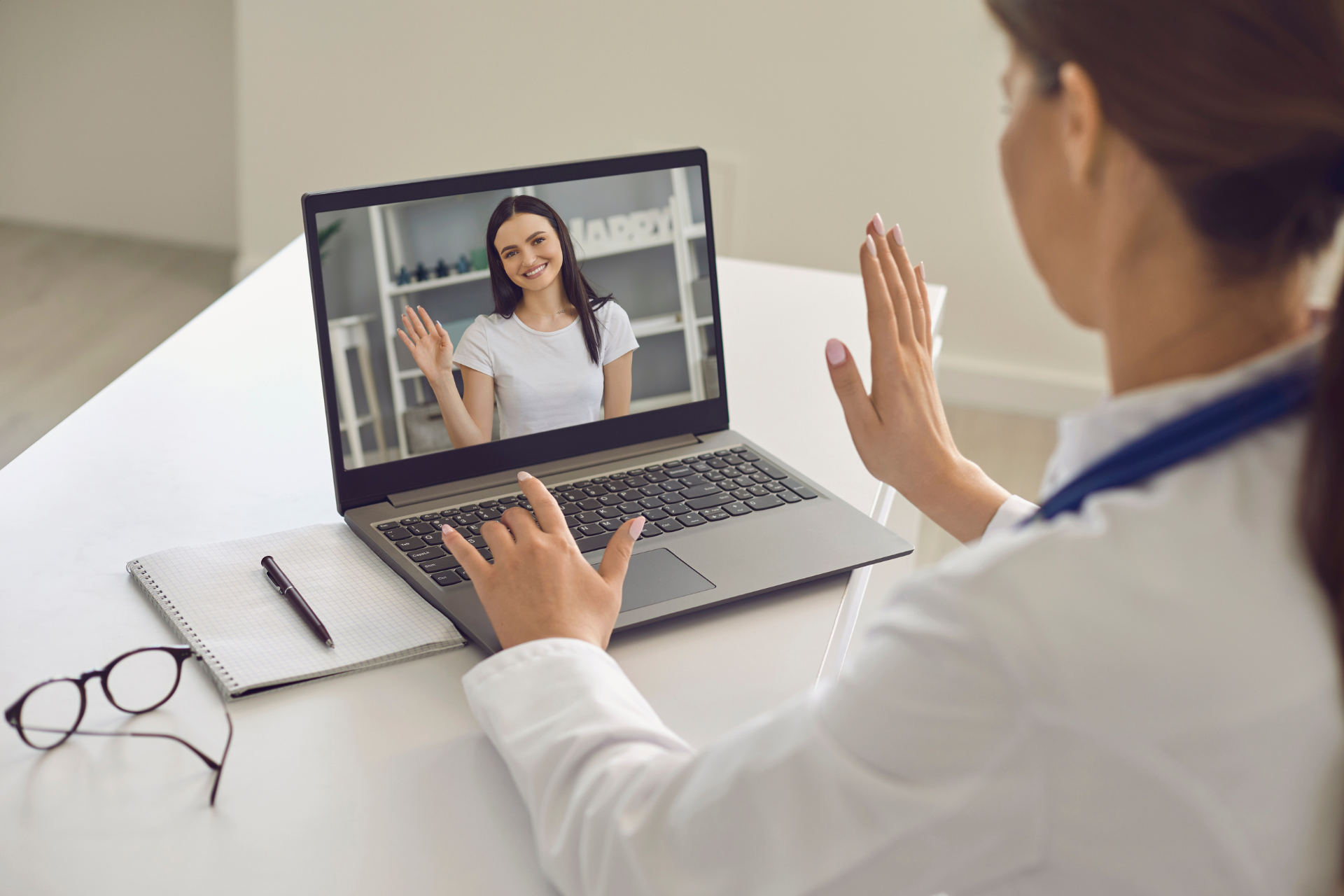Diabetes Tech Doubles Chance of Achieving A1C Goals for Type 1 Diabetes
Since the early 2000s, a wave of diabetes technologies have ushered in a new era for managing type 1 diabetes. Among those are tools like continuous glucose monitors (CGMs) and automated insulin delivery (AID) systems, which help with glycemic control.
These technologies have collectively set the stage for a profound shift in how people with type 1 diabetes navigate their daily lives. Where once constant monitoring, precise insulin dosing, and blood sugar fluctuations weighed heavily on people with the condition, now CGMs and AID systems have helped ease the burden.
“I think we are living in the best time of diabetes care,” said Dr. Viral Shah, an endocrinologist at the Barbara Davis Center in Denver.
In a recent study, Shah reported an uptick in the adoption of diabetes technology in the past decade from 27 percent to 83 percent. Those who used technology achieved a lower average A1C than non-users each year – a gap that grew significantly over time.
A higher percentage of people with type 1 diabetes also reached a target A1C of less than 7% with the help of technology. In 2021 for example, 47 percent of technology users met this goal, compared to only 15 percent of non-users. Overall, patients utilizing diabetes technology were almost three times more likely to meet their A1C goals than non-users.
“This study suggests that diabetes technology adoption is increasing among people with type 1 diabetes and that technology helps to achieve better outcomes,” said Shah.
Ease of use at the center of technology
Treating type 1 diabetes has been a “clear case of knowing what to do but not having the right tools to do it,” said Dr. Steven Russell, an associate professor at Harvard Medical School and chief medical officer of Beta Bionics.
Innovation in diabetes technology has sought to bring these tools to patients. Alongside CGMs, the addition of AID systems significantly reduced challenges around the daily management of type 1 diabetes, said Russell.
“Now we have much more accurate and reliable CGM sensors that are indeed more usable because they do not necessitate fingerstick and calibration,” said Dr. Marc Breton, professor at the Center for Diabetes Technology at the University of Virginia.
“A CGM is going to give you 288 glucose measurements a day. It's a lot to think that you're responsible for managing that information,” said Breton. “And that's where I think that the AID systems really change the value proposition around CGM because then the user doesn't have to try and address all those 288 glucose measurements.”
Diabetes tech more accessible than ever
Patients and physicians have had to gain a certain level of comfort in implementing these technologies for everyday care. Breton said that physicians’ opinions on diabetes technology have changed as these therapies continue to innovate, likely contributing to increased adoption by patients.
Yet, many devices “still require a lot of input from the user and healthcare provider to attain good results,” said Russell. “The next frontier is developing systems that are really for anybody.”
Accessibility remains a top issue for patients with type 1 diabetes. However, insurance coverage for CGMs and AID systems has expanded, making these devices more accessible.
“Yes, the technology has advanced. But also getting your hands on it is getting a little bit easier as that technology advances,” said Breton.
This not only empowers individuals with type 1 diabetes to manage their condition better but also signifies a step forward in breaking down barriers to a higher quality of life for the type 1 diabetes community.
“I think it's clear that the use of CGM should be the standard of care for people with type 1 diabetes,” said Russell. “And I would argue that really AID should be the standard of care for people with diabetes.”
Healthy Bites
















